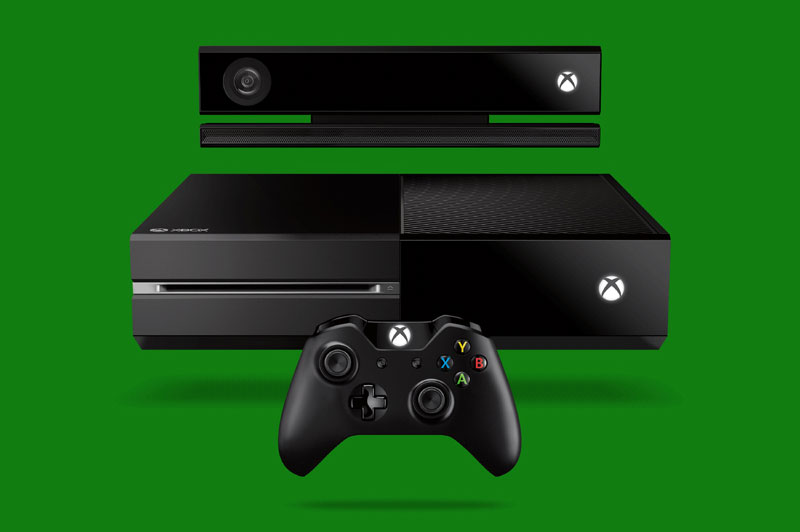
Microsoft Kinect and its use with rehabilitation motor therapy in the home

Author: Kylie Dare
Published By: Pulse IT Magazine
Published On: 11 November
Since its deployment in November 2010, Microsoft’s Kinect technology has been investigated for its potential therapeutic use in motor skill rehabilitation. Kinect’s motion tracking is sufficiently accurate for the task of gauging movements during rehabilitative exercise.
A breakthrough benefit for motor rehabilitation therapy is the technology’s ease of use in the home environment.
Studies indicate monitoring accuracy at 98.26 per cent (measured on 15 individuals over 1050 psychomotor movements, with 98.26 per cent correct realisations of the exercises by the technology). This means Kinect’s tracking ability is comparable to larger, more costly specialist systems that track motion for rehabilitation purposes, at a fraction of their price.
The technology allows for connection to a personal computer and calibration to 32-bit resolution, meaning it is fine enough to detect facial feature movement if required. The system uses C++ programming and is able integrate with add on applications, and customised programs for various therapeutic uses.
There are many studies on the benefits of using Kinect technology to rehabilitate patients by tracking and measuring motor skill movement with the potential for use in the home. Benefits include the technology’s low cost, ease of access as an off the shelf product, and low social stigma associated with its use, due to its popularity for games.
Kinect’s compatibility with applications written for specialists, which enable them to write their own tailored therapy programs, gauge responses and monitor and measure progress, and its potential for social application for support groups and group games which can be played remotely, make Kinect an attractive product for rehabilitation in the home.
However, the technology is still young and long-term studies are yet to be conducted or concluded. Most studies to date are small and discrete trials in clinical environments, such as clinics, hospitals, aged care facilities and schools. A larger number of patients are yet to be studied in their homes in order to gain a realistic perspective of the effects of the use of the device in the home environment.
Factors such as limited exposure to technology and social isolation can negatively influence the rehabilitation experience by using in home technology as opposed to real group interaction. There are groups of patients who this technology will not benefit, but rather be detrimental.
To view the full article go to: Microsoft Kinect and its use with rehabilitation motor therapy in the home
Posted on 11 / 11 / 2015
Comments
Related Resource
by TagRelated Resource
by Category
Category : MobilityDriving Mobility & Independence through the use of Smart Assistive Technology |